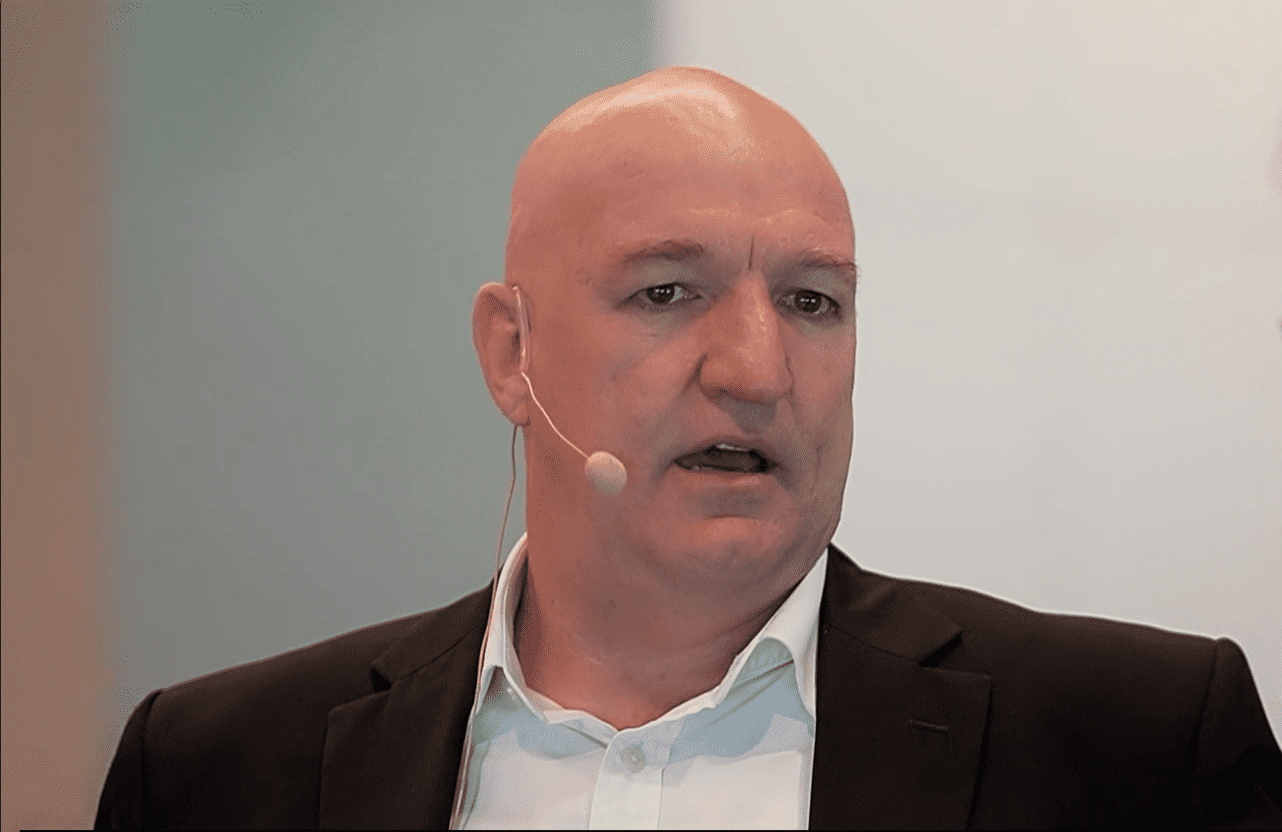The S&P/ASX 200 Index (ASX: XJO) is up 0.8% as we head into the Wednesday lunch hour, with much of those gains coming right at 11.30am AEDT.
That's when the Australian Bureau of Statistics (ABS) released Australia's inflation data through the end of December.
The ASX 200 leapt 0.4% in the five minutes following the consumer price index (CPI) report.
Here's what's happening.
What's going on with inflation in Australia?
The ASX 200 received a sizeable boost after the ABS revealed that CPI rose 0.2% in the December quarter and 2.4% annually.
Commenting on the inflation data, Michelle Marquardt, ABS head of prices statistics, said, "December quarter's rise was the same as the 0.2% increase in the September 2024 quarter."
She noted that both increases represented "the lowest recorded since the June 2020 quarter when the CPI fell during the COVID-19 outbreak when childcare was free".
And in a promising longer-term trend for lower interest rates and a higher ASX 200, Marquardt said, "Annually, the December quarter's rise of 2.4% was down from 2.8% in the September quarter."
As for the trimmed mean inflation, which excludes certain volatile items and is the preferred gauge for the Reserve Bank of Australia when it comes to interest rate decisions, that came in at 3.2% in the December quarter, down from 3.6% in the September quarter.
"The trimmed mean excluded price falls in both Electricity and Automotive fuel this quarter, alongside other large price rises and falls. As a result, trimmed mean annual inflation of 3.2% was higher than CPI inflation of 2.4%," Marquardt explained.
Why are ASX 200 investors celebrating?
ASX 200 investors have been patiently waiting for inflation to return to the RBA's 2% to 3% target range so that interest rates can finally come down. The official cash rate in Australia still stands at 4.35% for now, with the RBA meeting again next month.
While a February rate cut may still be off the cards, today's inflation figures raise the odds that investors will see the central bank ease sooner rather than later.
Consensus economist forecasts had expected trimmed mean inflation to slip to 3.3%. With that figure falling instead to 3.2%, the RBA could pull the easing trigger as soon as February.
But there are some other factors that could push the first RBA interest rate cut further into 2025 that ASX 200 investors should keep in mind.
According to Josh Gilbert, market analyst at eToro:
A weak Aussie dollar is cause for concern with a rate cut only set to put downward pressure on the currency.
Meanwhile, public service job data has spawned some concern among economists that the Federal Government's job creation focus may work against the interests of the central bank and cash-strapped Aussies.









